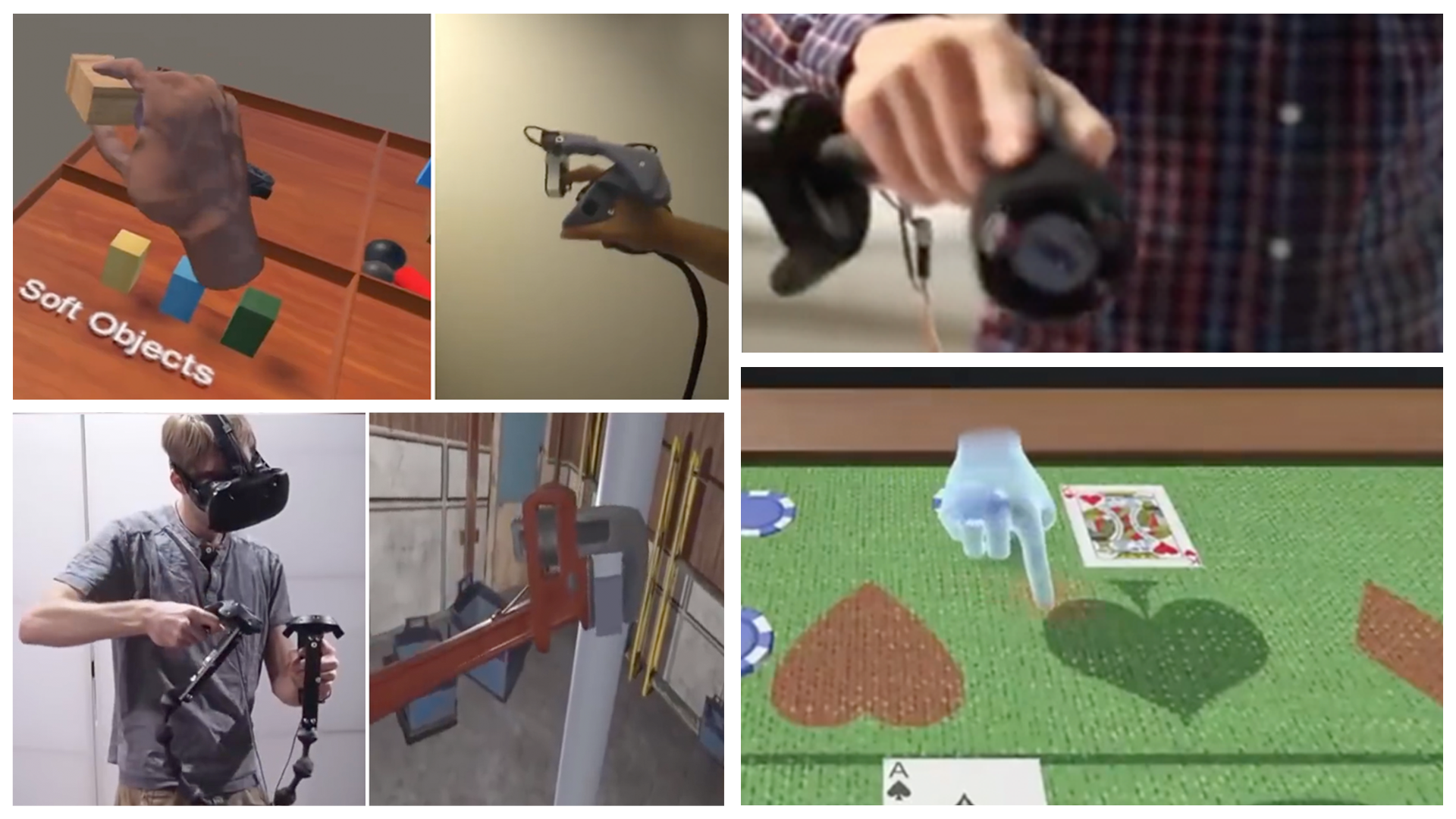Posted by
. For 90 minutes, beginning at 7 p.m., the audience will get insights into the process of innovation, the risks it engenders, and the rewards it offers.
Spotlight: Microsoft research newsletter
The event is the latest in the Computer History Museum Revolutionaries Series, an acclaimed, recurring event featuring renowned innovators, business leaders, technological leaders, and authors. Registration is free (opens in new tab).
It figures to be a fascinating discussion. Rashid is expected to share more on his background, his role models, and his influences, particularly over the more than 21 years that he has led Microsoft Research.
One topic sure to come up is the value of basic research. Microsoft Research represents Microsoft’s long-term investment in basic research, pushing the boundaries of what is possible in computer-science technology and giving the company an agility to respond immediately when the world changes—or to change the world on its own.
Much of the work undertaken by Microsoft Research is achieved in collaboration with the scientific and academic communities, with a large proportion of this done in partnership with academia or Ph.D. interns. Those relationships extend to top-flight universities around the world, including Stanford University and the University of California, Berkeley in the San Francisco Bay Area.
That, though, should come as no surprise. Microsoft has a big presence in the Bay Area, with 2,300 employees at its Silicon Valley campus and more than 80 researchers at Microsoft Research Silicon Valley (opens in new tab), based in Mountain View, just a stone’s throw from the Computer History Museum.
Such a robust presence is indicative of the importance Microsoft places on Silicon Valley and on the key role Microsoft Research plays in product contributions. From ideas to consulting to writing code and even to loaning researchers to product groups to implement their technology visions, Microsoft Research is committed to delivering a steady stream of technology to Microsoft products.
Indeed, Microsoft Research has affected nearly every product or service Microsoft has made available. Contributions to product groups are simply part of Microsoft Research’s DNA. Now, with Microsoft planning a series of blockbuster product releases this fall, the company’s research unit will have a big role to play. Among its contributions:
The combination of machine learning with gargantuan data collections will enable a wealth of new insights that will transform how decisions are made and how things are done. That’s part of Microsoft’s long-term vision of creating intuitive computers able to do far more for and with us.
So, in fact, is work in natural user interfaces. Kinect for Xbox 360 (opens in new tab) is a prime example. The research behind that groundbreaking project built a foundation that helped the product team create an incredible experience in rapid fashion. The result: 10 million Kinect devices sold in four months, making it, according to Guinness World Records (opens in new tab), the fastest-selling device on record.
There are other novel interactions still to be explored, though. That’s why Microsoft Research continues to focus on a three-, five- or seven-year time horizon, and that’s what Rashid and Markoff are sure to talk about at the Computer History Museum: the computer experiences of the future—and the next hard questions to answer.
It should be an engrossing conversation. I’m sure members of this technologically inclined Silicon Valley audience will be on the edge of their seats to learn what’s coming next.


